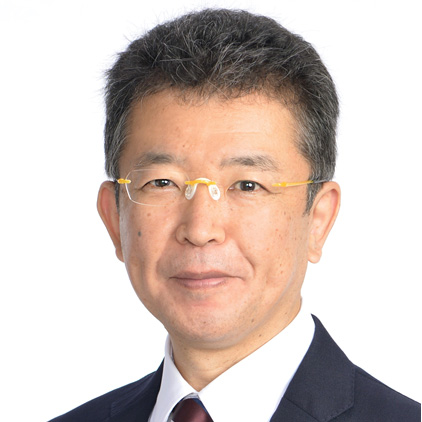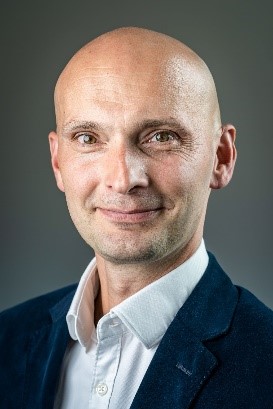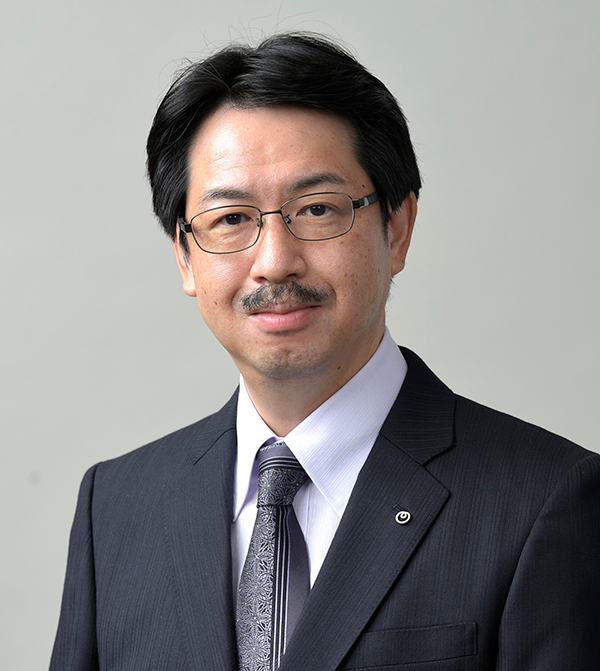Hidetoshi Katori
Department of Applied Physics, Graduate School of Engineering, The University of Tokyo
Quantum Metrology Laboratory, RIKEN
Space-Time Engineering Research Team, RIKEN
Theme:”Making optical lattice clocks compact and useful for real-world applications”
16:20 – 17:10




